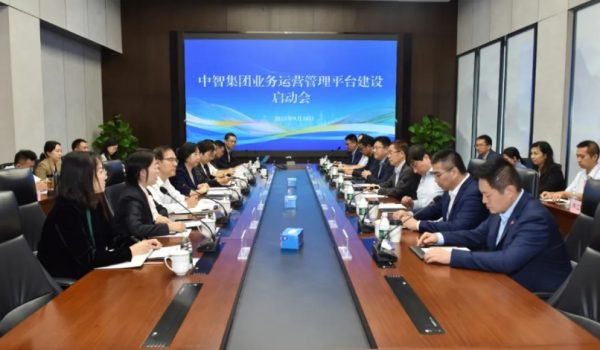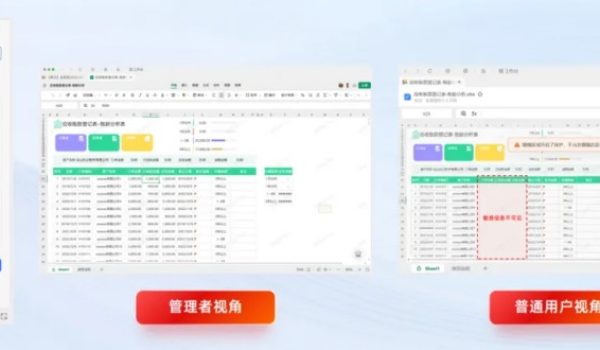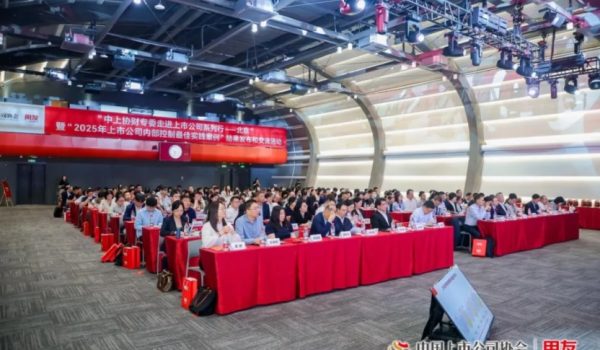Sichuan Tobacco Industry Co., Ltd. (“Sichuan Tobacco”) was established in 2015. In recent years, the company has actively embraced the trend of the times, positioning digitalization and intelligence as a core strategic direction for enterprise development. Through financial digital-intelligent transformation, Sichuan Tobacco aims to achieve comprehensive, end-to-end upgrades, enhance its core competitiveness, and establish itself as an industry benchmark for innovation in intelligent development.
01 Background and Core Challenges of Financial Digital-Intelligent Transformation
As a traditional manufacturing sector, the tobacco industry faces numerous bottlenecks in its digital transformation compared to emerging industries. Key issues include:
• Efficiency Bottlenecks: Finance has long focused on basic accounting, while higher-level functions such as data analysis and decision-making support have not been fully realized. Financial staff remain stuck in repetitive tasks like document sorting and report preparation, unable to escape low-efficiency workflows.
• Weak Business-Finance Collaboration: Finance departments operate relatively independently from business functions such as sales and logistics. Strict financial review standards often result in rejected business documents, causing low efficiency in coordination and weakening finance’s guiding and controlling role.
• Outdated Work Models: Under the framework of “centralized control, tiered management,” accounting, funds, and information remain fragmented. This leads to inflexible fund allocation and delays in information sharing, which cannot meet the needs of modern financial management.

In March 2022, the State-owned Assets Supervision and Administration Commission (SASAC) released Guidelines on Accelerating the Development of World-Class Financial Management Systems in Central Enterprises, providing systematic direction for improving financial management in large enterprises. In 2023, the tobacco industry also proposed the construction of a modern financial management system, offering a clear top-level design for financial transformation. Sichuan Tobacco recognized that financial digital-intelligent transformation is the only path forward, and actively promoting intelligent finance is both a response to national strategy and a key driver to convert digital “variables” into business “growth multipliers,” enabling competitiveness in a highly competitive market.
02 Six Core Scenarios Driving Financial Digital-Intelligent Transformation
To break free from the limitations of traditional models and shift from “accounting-driven finance” to “value-creating finance,” Sichuan Tobacco partnered with Yonyou to promote full-scope financial upgrades through six transformation pathways:
1. Smart Expense Management: Combining cost reduction with risk control.
Leveraging OCR and AI technologies, Sichuan Tobacco built an intelligent expense system. OCR automatically extracts invoice data and pre-fills forms, greatly reducing manual entry; AI validates and cross-checks in real time, intercepting over 8,000 invalid or erroneous invoices, mitigating risks. Unified rules across business, auditing, and cost allocation ensure standardized review, with automated checks embedded in intelligent audit bots. This eliminates pain points like excessive paperwork, tedious data entry, and slow reviews, completely transforming inefficient expense workflows.
2. Automated Accounting: RPA enabling end-to-end “unmanned” operations.
A business-driven automation engine was built, streamlining five major accounting processes, 62 sub-processes, and over 2,000 standardized business items with 300+ audit rules. RPA robots now handle tasks such as voucher creation, fund payments, and tax filing. Results: 100,000+ vouchers processed, 80,000+ settlements completed, and 200,000+ reconciliations automated (65% automation rate). Manual-heavy processes like ledger setup and reconciliation are now fully automated, creating an integrated loop of “business + invoice + tax + accounting.”
3. Centralized Fund Operations: Achieving visibility, control, flexibility, and availability.
A centralized treasury system integrates all bank accounts and cashflow data, allowing full visibility into fund dynamics. End-to-end payment controls ensure compliance, while flexible cash-pooling optimizes liquidity and bank product usage. This addresses issues of fragmented fund management, inflexible allocation, and weak oversight, improving both efficiency and security of capital use.
4. Mobile Workflow Approvals: Breaking time and space constraints.
Through AI and mobile collaboration platforms, expense applications, document reviews, and payment approvals can now be completed anytime, anywhere. Real-time data synchronization simplifies approvals, solving long-standing inefficiencies in offline, paper-based workflows.
5. Paperless Archive Management: Linking the entire data chain.
By digitizing key financial documents such as e-invoices, e-approvals, and e-receipts, Sichuan Tobacco connected financial data across business, finance, tax, treasury, archiving, and supply chain systems. This eliminated inefficiencies of paper-based archiving, such as storage difficulty, transmission delays, and risk of loss, completing a full upgrade to paperless finance.
6. Embedded Risk Control: Building an intelligent risk management framework.
Three modules underpin risk prevention: an invoice data pool to track all invoices end-to-end; a reporting data hub to apply tax rules proactively with real-time analytics; and a risk indicator model leveraging cross-system data for intelligent detection. This integrates risk monitoring into the entire financial process, addressing traditional issues of fragmented and ineffective risk control.
03 Dual Breakthroughs: Technology Empowerment and Management Upgrades
• Technology in Action – Visible Efficiency Gains:
The integration of AI, RPA, and OA platforms covers the entire chain from transaction to reporting. AI auto-recognizes invoices and pre-fills forms, RPA bots operate 24/7, and OA platforms provide configurable workflows. For example, average processing time for reimbursements is now just 5 minutes, month-end closing accelerated by 3 days, and invoice bots complete in 10 minutes what used to take three staff a full day (handling 2,000 invoices per month).
• User-Centric Experience – Fully Optimized:
Internally, employees enjoy seamless, low-burden expense reporting. Externally, suppliers benefit from shorter payment cycles, easing cash flow pressures, while customers receive invoices and deliveries in real time, cutting invoice transit from 5–7 days to instant. Customizable dashboards enable users to visualize and carry data with them, satisfying diverse roles and needs.
• Talent Transformation – Unlocking Value Creation:
With automation reducing manual workload, finance staff are transitioning from routine voucher and invoice processing to high-value activities like forecasting, business analysis, and process optimization. Employees have successfully shifted roles, from accountants and billing clerks to strategic analysts, building a stronger pool of “value-creating” talent for the company.




